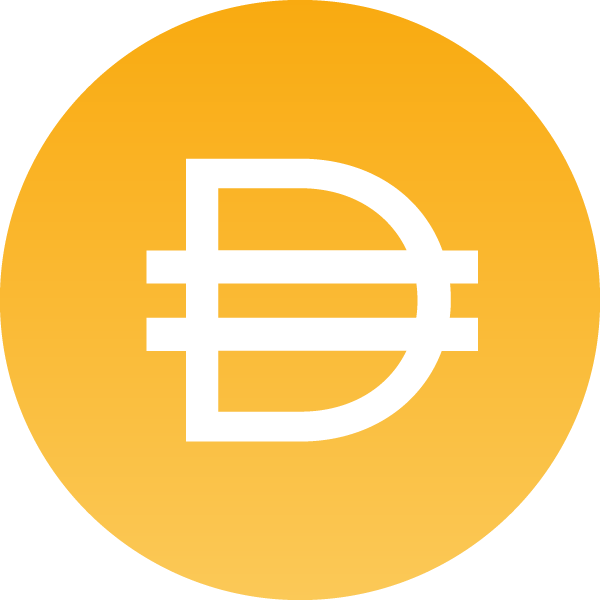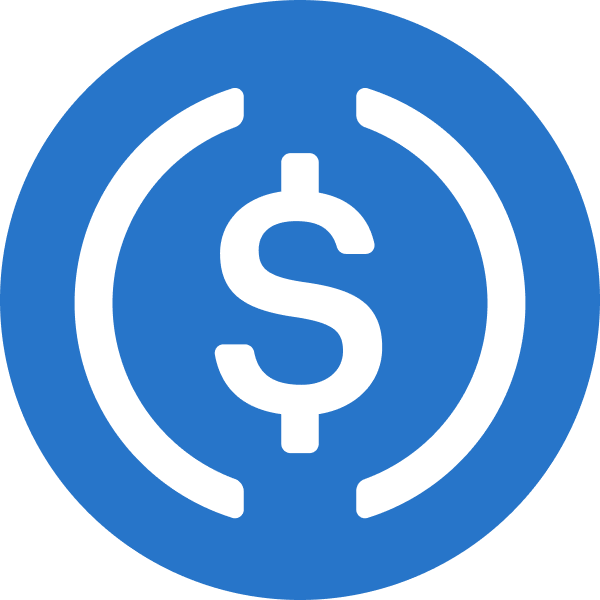Bean (BEAN) is not tradable on Coinbase.
Data is sourced from third parties. We make no representation on the accuracy of the data provided. Learn more

Bean
BEAN
About Bean
Get up to $200 for getting started
Earn free crypto after making your first purchase. Terms apply.

Sum of median estimated savings and rewards earned, per user in 2021 across multiple Coinbase programs (excluding sweepstakes). This amount includes fee waivers from Coinbase One (excluding the subscription cost), rewards from Coinbase Card, and staking rewards.
Market
Related Assets
Bean Calculator
Coinbase Bytes
Bean is on the rise this week.
The price of Bean has increased by 100.00% in the last hour and increased by 100.00% in the past 24 hours. Bean’s price has also risen by 100.00% in the past week.
FAQ
Certain content has been prepared by third parties not affiliated with Coinbase Inc. or any of its affiliates and Coinbase is not responsible for such content. Coinbase is not liable for any errors or delays in content, or for any actions taken in reliance on any content. Information is provided for informational purposes only and is not investment advice. This is not a recommendation to buy or sell a particular digital asset or to employ a particular investment strategy. Coinbase makes no representation on the accuracy, suitability, or validity of any information provided or for a particular asset. Prices shown are for illustrative purposes only. Actual cryptocurrency prices and associated stats may vary. Data presented may reflect assets traded on Coinbase’s exchange and select other cryptocurrency exchanges.

















































